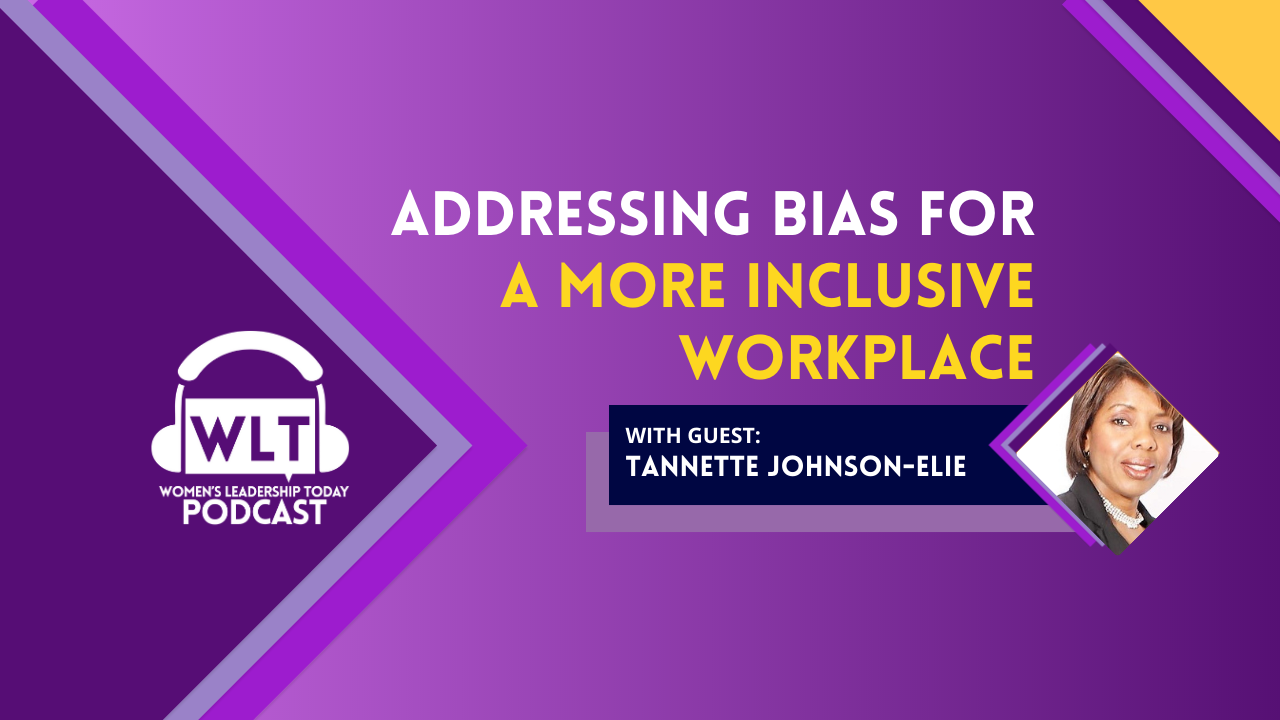

I’m wondering how many of you are looking at the calendar and pondering where the first half of the year went. A few days ago, I was bemoaning and whining about the cold weather, and now the summer season is here. Where did the time go? And what do I have to show for it? And perhaps the most important question: What is my strategy for the last six months of the year?
Strategy, as we all know, is the concept that helps us move from where we are to where we want to be. Many of us talk about creating a personal strategic plan. Unfortunately, talking is usually where we stop.
I have decided to use the month of July to put together my strategic plan for the rest of the year, and I hope that this will encourage all of you to do the same!
 I have chosen to use the five (5) phases of project management as outlined in the Project Management Body of Knowledge by the Project Management Institute. These five (5) phases are the initiation phase, the planning phase, the execution phase, the monitoring and controlling phase, and the closure phase.
I have chosen to use the five (5) phases of project management as outlined in the Project Management Body of Knowledge by the Project Management Institute. These five (5) phases are the initiation phase, the planning phase, the execution phase, the monitoring and controlling phase, and the closure phase.
The decision to divide a personal strategic plan provides me with a way to manage my focus, allocate resources, and align my goals with my clients and the important people who share my life (i.e., my stakeholders).
By thinking in terms of phases, I ensure that I understand what needs to be produced at the end of each phase to meet my long-term goals. It also allows me to be prepared for the next phase. Using this approach provides me with a structure for phase and project delivery. It clearly defines activities and tasks, the final outputs, and responsibilities to create a roadmap for my success.
Working on projects phase by phase helps me track and link progress directly to each phase. Completion of each phase is easily recognizable by all involved. Another benefit of using the project management life cycle is that it allows me to track the progressive evolution of my strategy.
Working in phases also enables me to celebrate the completion of smaller tasks and activities that lead to big-picture success. These celebrations keep me on track and more excited about my goals.
For me, the overall goal laid out in my strategic plan is to create an updated branding identity for my small woman-owned business, including but not limited to updating my logo, letterhead, website, and course catalog.
 The challenge for the month of July is to create the work breakdown schedule by activities and tasks so that I can begin with an organized work-breakdown structure (WBS). The WBS is a project management tool that provides a hierarchical view of the long-term goal. It will be used to organize and plan tasks into scheduled activities that will make up the performance measurement baseline to help define the progress of my plan.
The challenge for the month of July is to create the work breakdown schedule by activities and tasks so that I can begin with an organized work-breakdown structure (WBS). The WBS is a project management tool that provides a hierarchical view of the long-term goal. It will be used to organize and plan tasks into scheduled activities that will make up the performance measurement baseline to help define the progress of my plan.
While defining my strategy, I realized that whether the plan is personal or professional, we have the tools at our fingertips to help us move forward; it’s how we choose to use them that makes the difference. I also recognized the importance of reviewing the tools we have and the need to continue expanding our learning.
In my mind, we are all project managers of our own lives, and I am glad that I have the tools of project management to help me turn my goals into reality. I have said many times that everyone should take a project management course or at least a class that lays out the basic concepts.
In the book “The Little Prince” by Antoine de Saint-Exupéry, there is a quote: “A goal without a plan is just a wish.” Using the strategies I’ve suggested, and will be employing myself, allows individuals to take control of their visions and turn their goals into results.
About the Expert
Cheryl Grazier is the Principal of Cheryl Grazier Consulting LLC and has over 20 years of business experience in both the public and private sector as a trusted advisor in the areas of culture change, strategy implementation, program management, team and leadership development. Cheryl has worked in a variety of industries, including communications, government agencies, governmental contracting, and real estate.
She is particularly passionate about developing people skills and leadership capabilities for individuals.
- Cheryl holds a Master of Science in Instructional Design from Walden University and a Master of Public Administration from the University of Missouri – Columbia.
- She also holds several industry certifications including MBTI, DiSC, and FIRO-B.




